In a world dominated by convenience and technology, many traditional household skills have been forgotten. However, with the rising costs of goods and services, these lost skills are making a comeback as people seek ways to cut expenses and become more self-sufficient. From mending clothes to preserving food, mastering these once-common practices can lead to significant savings. Here are some lost household skills that could help you keep more money in your pocket today.
1. Sewing and Mending Clothes
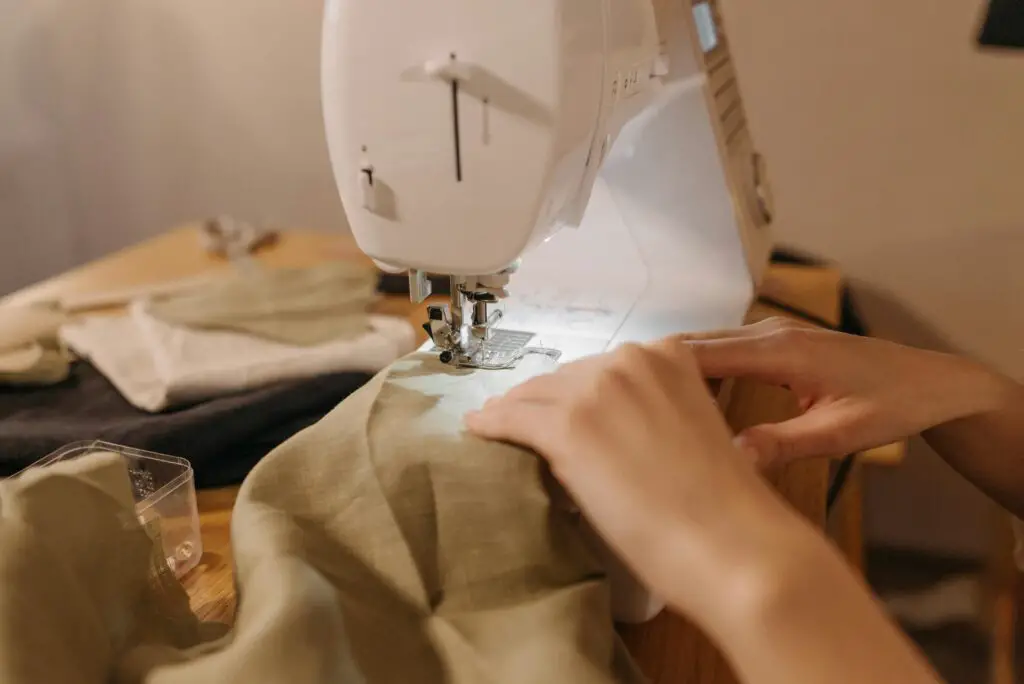
Fast fashion has made clothing more disposable than ever, but knowing how to sew and mend can extend the life of your wardrobe. Simple skills like patching holes, replacing buttons, and hemming pants can save you from frequent trips to the tailor or unnecessary clothing purchases. A small sewing kit and some basic know-how can keep your clothes in great condition for years.
Beyond repairs, sewing can also allow you to customize or upcycle old garments, creating unique pieces at a fraction of the cost of new clothing. Instead of throwing away a ripped pair of jeans or a dress with a broken zipper, a few simple stitches can give them a second life. Learning this skill can significantly cut down your clothing expenses over time.
2. Preserving Food Through Canning
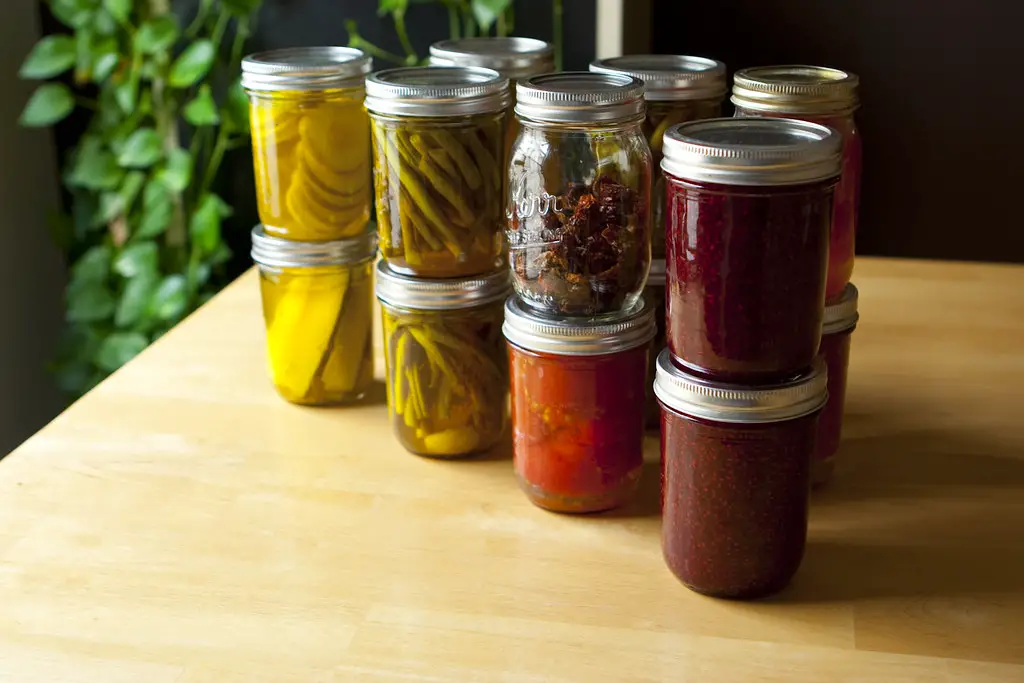
Canning used to be a staple in many households, allowing families to store fruits, vegetables, and even meats for months without refrigeration. With grocery prices on the rise, preserving food when it’s in season can help stretch your budget. Buying produce in bulk and canning it yourself can reduce food waste and provide a steady supply of essentials throughout the year.
This skill also gives you control over what goes into your food—no preservatives or artificial additives. Whether it’s homemade jam, pickled vegetables, or canned tomatoes for sauces, preserving your own food ensures freshness and savings. It’s a skill that not only saves money but also promotes healthier eating.
3. Making Your Own Cleaning Products
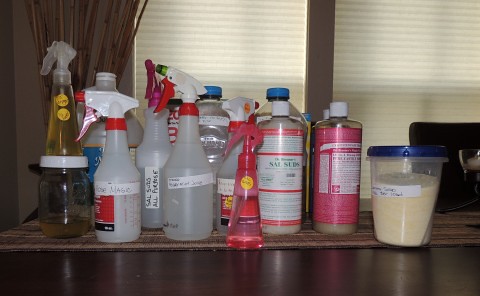
Commercial cleaning products are expensive, and many contain harsh chemicals that can be harmful to your health and the environment. Learning how to make your own cleaners using simple ingredients like vinegar, baking soda, and lemon juice can save you a fortune. These natural alternatives are just as effective and cost only a fraction of store-bought brands.
DIY cleaners can be used for everything from disinfecting countertops to freshening up laundry, all while reducing your exposure to toxins. With a few essential ingredients, you can create multi-purpose cleaning solutions that work just as well as expensive brands, without the added cost.
4. Cooking from Scratch
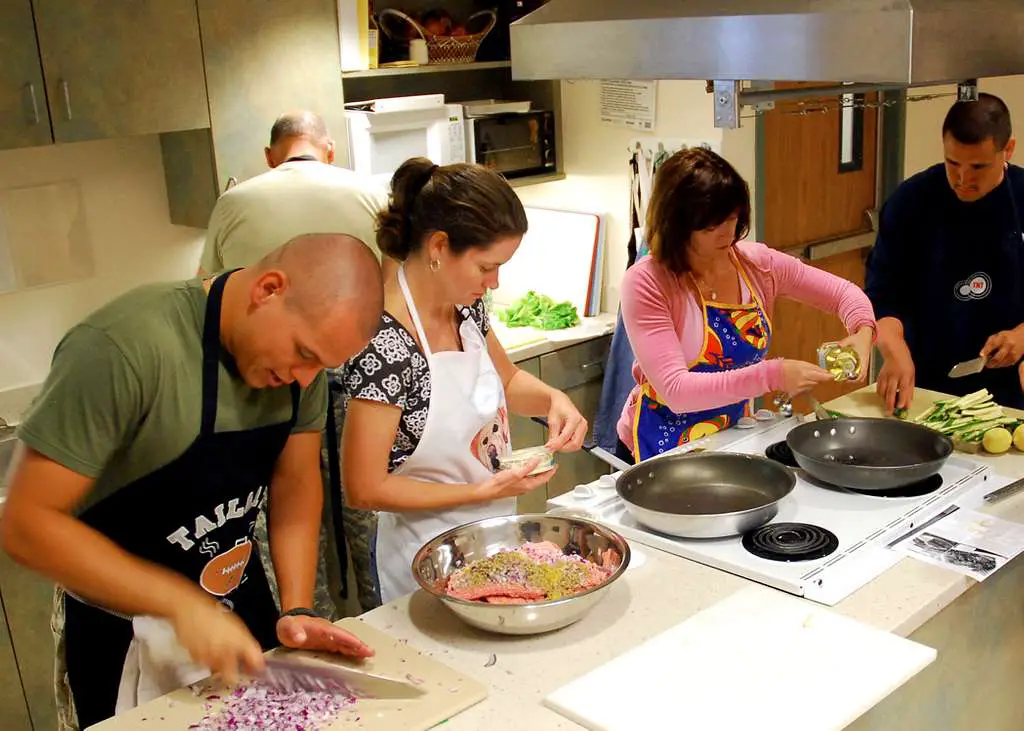
Convenience foods and takeout meals may save time, but they come with a hefty price tag. Cooking from scratch not only saves money but also allows you to control ingredients for healthier meals. Staple foods like bread, pasta, and sauces can be made at home for a fraction of the cost of pre-packaged versions.
Home-cooked meals also lead to less food waste, as you can use leftovers creatively instead of throwing them away. Learning basic cooking skills can help stretch your grocery budget further while providing more nutritious and satisfying meals for your family.
5. Gardening for Fresh Produce
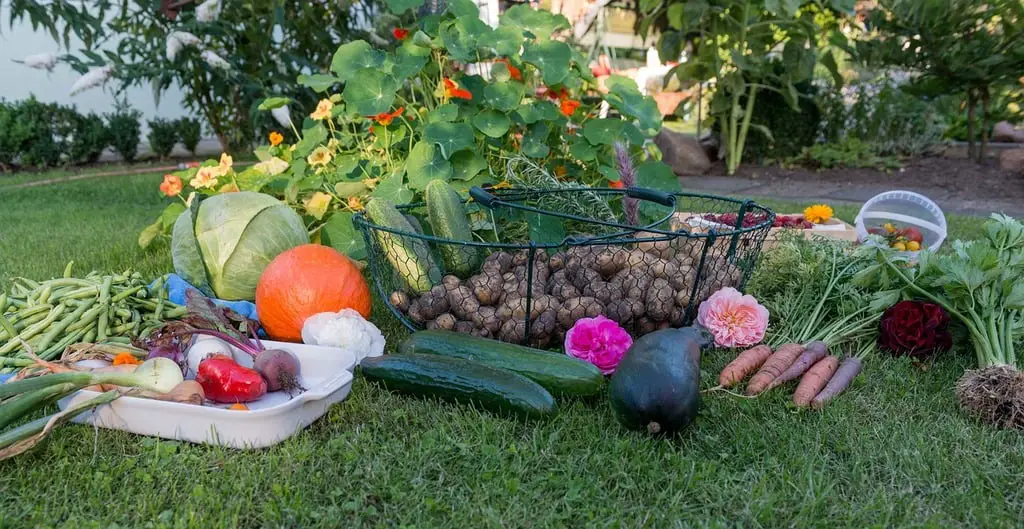
Grocery store prices for fresh fruits and vegetables can be unpredictable, but growing your own produce can provide consistent savings. Even a small backyard or balcony garden can yield fresh herbs, tomatoes, lettuce, and other essentials. Gardening reduces your dependency on store-bought produce while ensuring you always have fresh ingredients on hand.
Home gardening also allows you to grow organic produce without the high price tag. With proper planning, you can grow enough food to last through multiple seasons, reducing the need for expensive grocery runs. Plus, the satisfaction of eating something you grew yourself is priceless.
6. Cutting Hair at Home

Salon visits can quickly add up, especially for families with multiple members who need regular trims. Learning to cut hair at home can save hundreds of dollars a year. Basic hair-cutting techniques for trims, layering, or even simple styles can be learned with online tutorials and practice.
Investing in a good pair of clippers and scissors can pay off within just a few haircuts. While complex styles may still require a professional, maintaining your hair at home in between salon visits can lead to substantial savings over time.
7. Fixing Basic Plumbing Issues
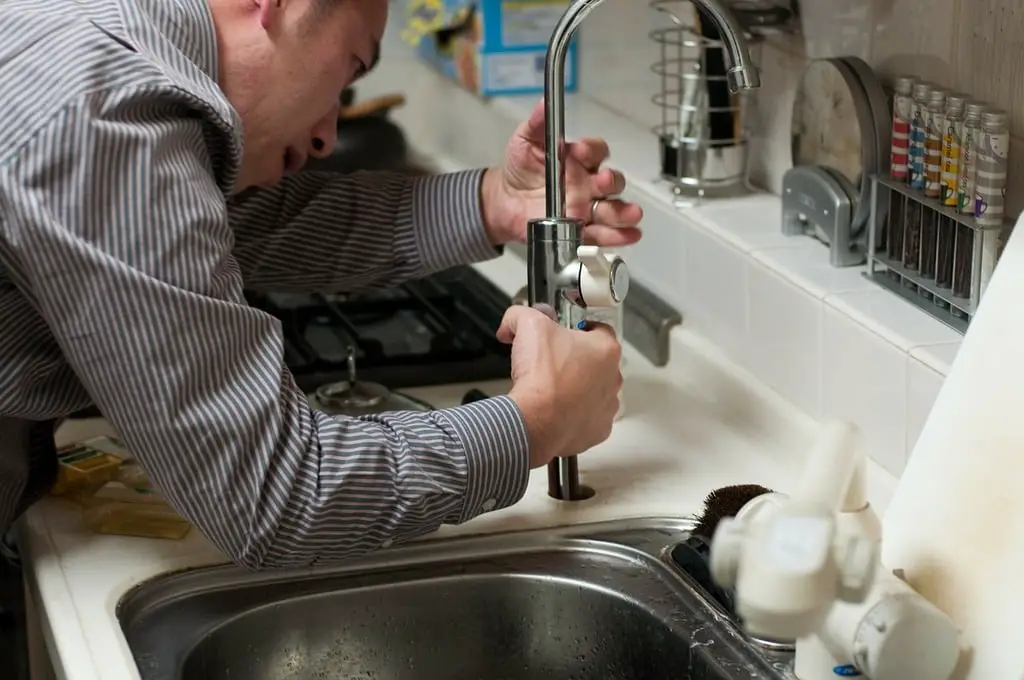
Calling a plumber for minor repairs like a clogged drain, leaky faucet, or running toilet can be costly. Learning how to handle basic plumbing fixes yourself can save both money and time. With a few tools and some online guidance, many common plumbing issues can be resolved without professional help.
Understanding basic home maintenance also prevents small problems from turning into bigger, more expensive repairs. Fixing a leak early, for example, can prevent water damage and costly structural issues in the future.
8. Darning Socks and Small Fabric Repairs

Most people throw away socks with holes, but a simple darning technique can make them as good as new. The same goes for small tears in fabric items like curtains, pillowcases, and bed linens. Instead of constantly replacing worn-out textiles, repairing them can extend their lifespan and save money.
Darning is a quick and easy skill to learn, requiring just a needle and thread. In a world where clothing and textiles are increasingly disposable, bringing back this lost skill can keep more money in your wallet.
9. Car Maintenance Basics

Auto shops charge high labor fees for simple tasks like changing oil, replacing air filters, or checking tire pressure. Learning to do these basic car maintenance tasks yourself can save hundreds of dollars each year. Keeping your car in good condition also helps prevent costly breakdowns.
Regular maintenance can extend the lifespan of your vehicle and improve gas mileage. While complex repairs may still require a professional, handling minor upkeep yourself can lead to substantial savings.
10. Knitting and Crocheting
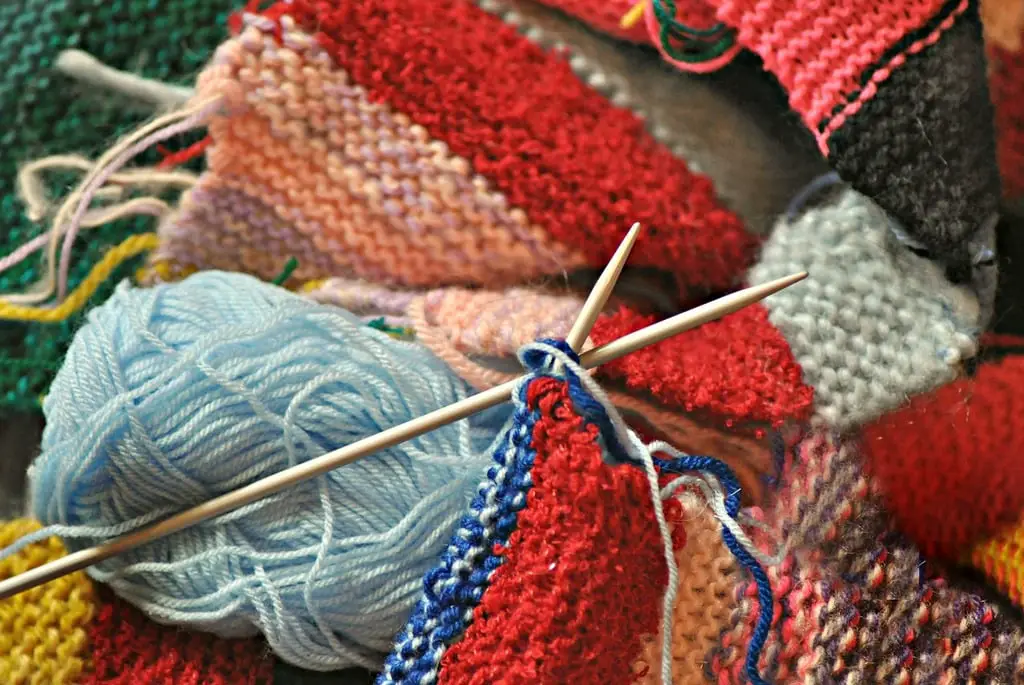
Handmade clothing and blankets can be expensive, but learning to knit or crochet allows you to make your own cozy items for a fraction of the price. These skills also come in handy for making gifts, saving you money on store-bought presents.
Additionally, upcycling old sweaters into scarves, mittens, or reusable cloths can prevent waste while reducing clothing expenses. Crafting your own textiles allows you to create unique, high-quality items at minimal cost.
11. Making Your Own Beauty Products
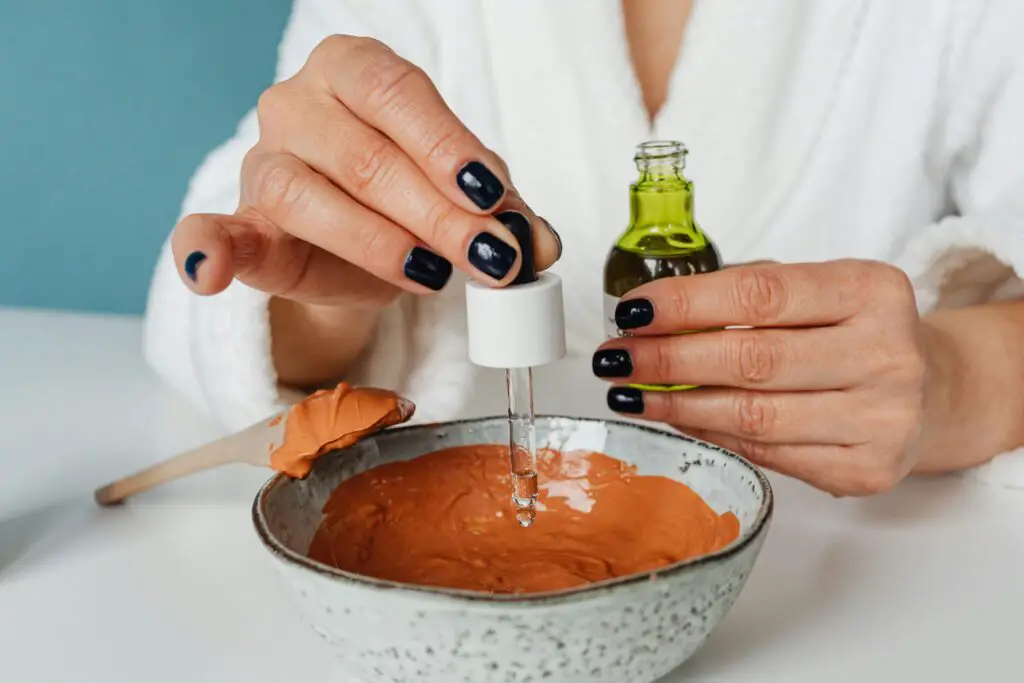
Store-bought beauty products often come with a hefty price tag, but many can be made at home using simple ingredients. From face masks to body scrubs and even natural deodorants, DIY beauty products are both cost-effective and free from harmful chemicals.
Homemade skincare and hair treatments allow you to customize products to suit your needs. Plus, using ingredients like coconut oil, honey, and essential oils can be more nourishing than many commercial options.
12. Budgeting and Frugal Living Skills
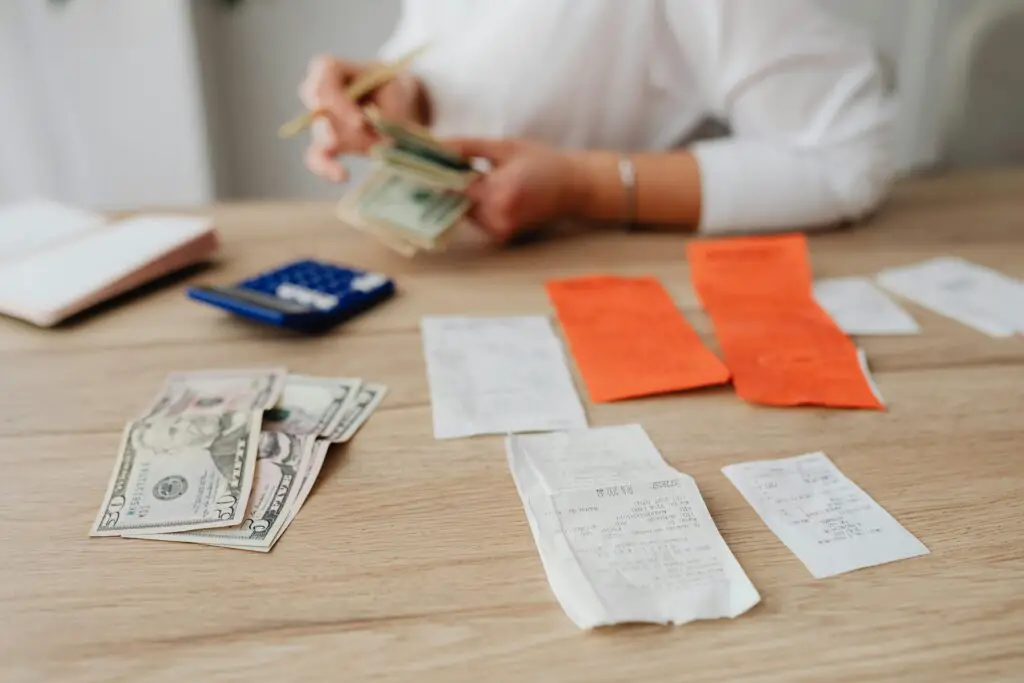
In an age of credit cards and digital transactions, many people have lost the ability to effectively budget and save. Learning how to track expenses, set financial goals, and cut unnecessary costs can lead to significant savings over time.
Understanding how to manage money wisely ensures financial stability and prevents unnecessary debt. Frugal living skills, such as bulk buying and meal planning, can help stretch a household budget further.
13. Making Repairs Instead of Replacing Items

Throwing away broken household items and buying replacements can be costly. Learning basic repair skills—whether for furniture, appliances, or electronics—can extend the life of your belongings and save you money.
Many repairs are simpler than they seem and can be done with minimal tools. From fixing a wobbly chair to replacing a power cord, small DIY repairs can prevent unnecessary expenses.
14. Brewing Coffee at Home

Daily coffee shop visits can add up quickly, but learning to brew quality coffee at home can save hundreds of dollars per year. Investing in a good coffee maker or French press allows you to enjoy gourmet-style coffee for a fraction of the price.
With the right beans and techniques, homemade coffee can taste just as good—if not better—than what you’d get from a café. Cutting this small expense can lead to significant long-term savings.
15. DIY Home Décor

Decorating a home can be expensive, but DIY projects allow you to create stylish, personalized spaces without breaking the bank. Repurposing furniture, creating artwork, and using thrifted materials can transform your home on a budget.
With a little creativity, you can design beautiful interiors without overspending. Plus, DIY décor adds a unique, personal touch that store-bought items often lack.
